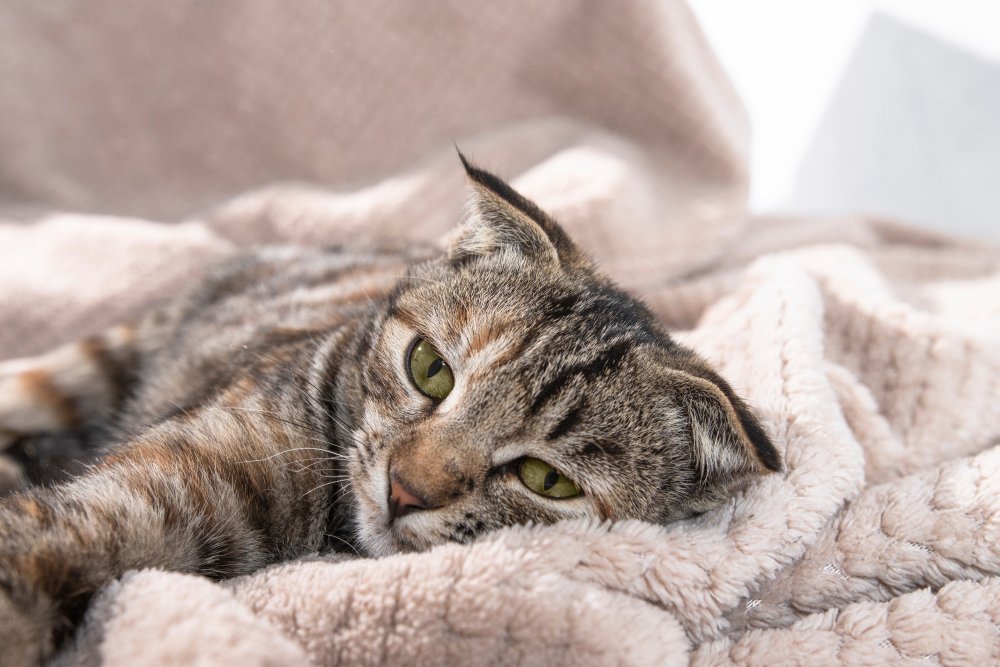Written by Rene Knapp, long time TICA member and dedicated cat lover.
What is Feline Leukemia Virus (FeLV)?
Feline Leukemia Virus (FeLV) is a contagious viral infection in cats that weakens the immune system, making them susceptible to other illnesses. It is one of the most serious cat diseases globally.
How is Feline Leukemia Transmitted?
FeLV spreads through close contact between cats—mainly via saliva, nasal secretions, urine, and feces. It often occurs when cats groom each other or share food and water bowls.
Risk Factors
- Outdoor cats exposed to infected felines
- Multi-cat households without proper testing
- Unvaccinated kittens and cats
Common Symptoms of Feline Leukemia
Symptoms may be mild at first but can progress as the immune system deteriorates. Watch for:
- Weight loss and poor coat condition
- Recurring fevers and lethargy
- Enlarged lymph nodes
- Persistent respiratory infections
How to Diagnose FeLV
Your vet can confirm FeLV through a simple blood test. It’s essential to test any new cats before introducing them to your household.
Prevention and Management
Vaccination and Testing
Routine vaccination and early testing are crucial. Keep FeLV-positive cats indoors to avoid infecting others.
Care Tips for FeLV-Positive Cats
- Provide a stress-free environment
- Feed high-quality, nutritious food
- Schedule regular vet checkups
Final Thoughts
With early detection and proper care, FeLV-positive cats can live comfortable lives. Understanding feline leukemia helps you protect your cat and others in your community.






















































































